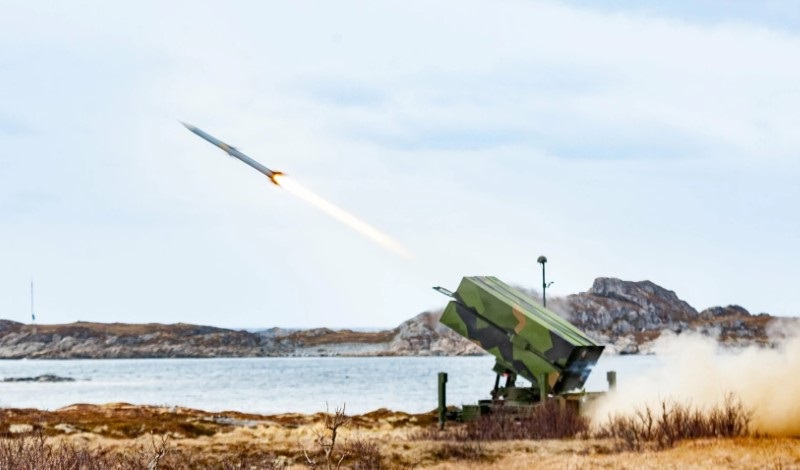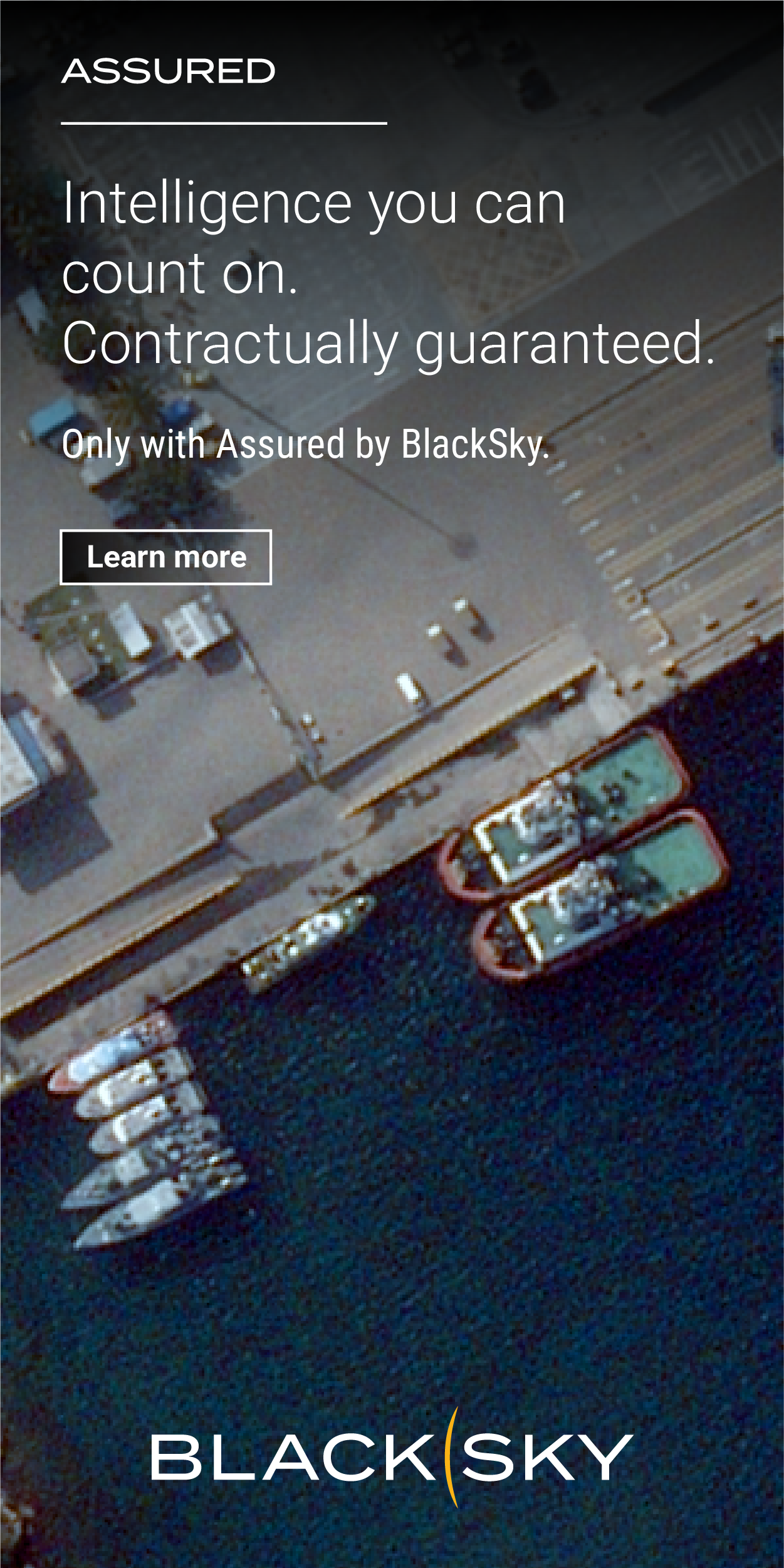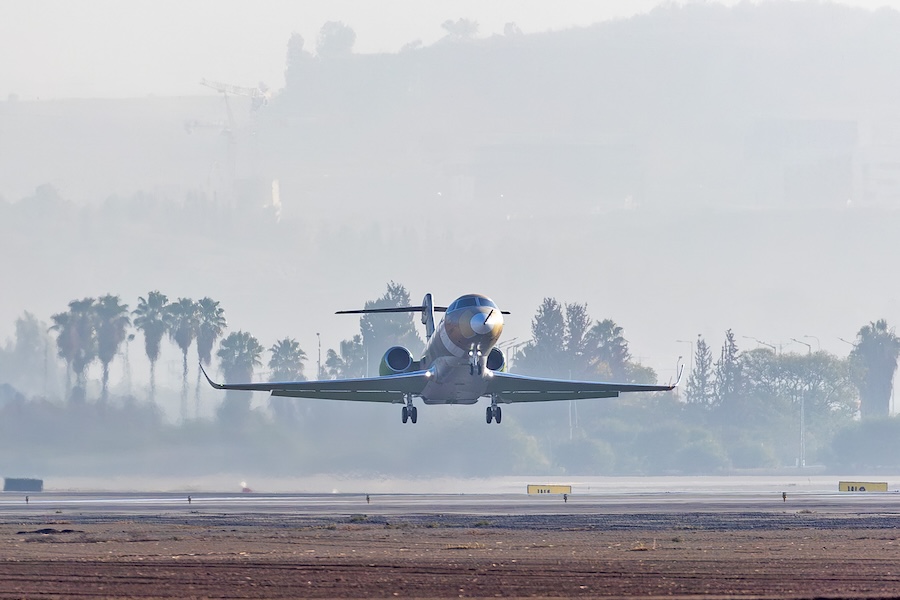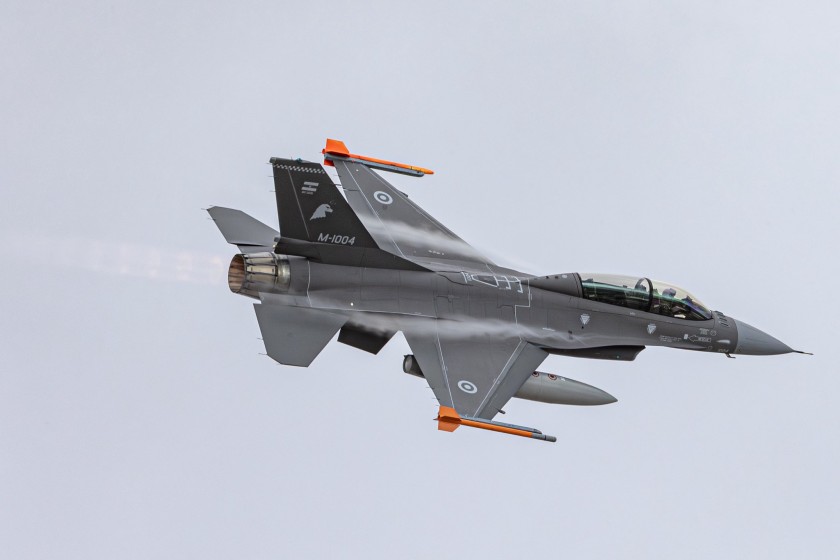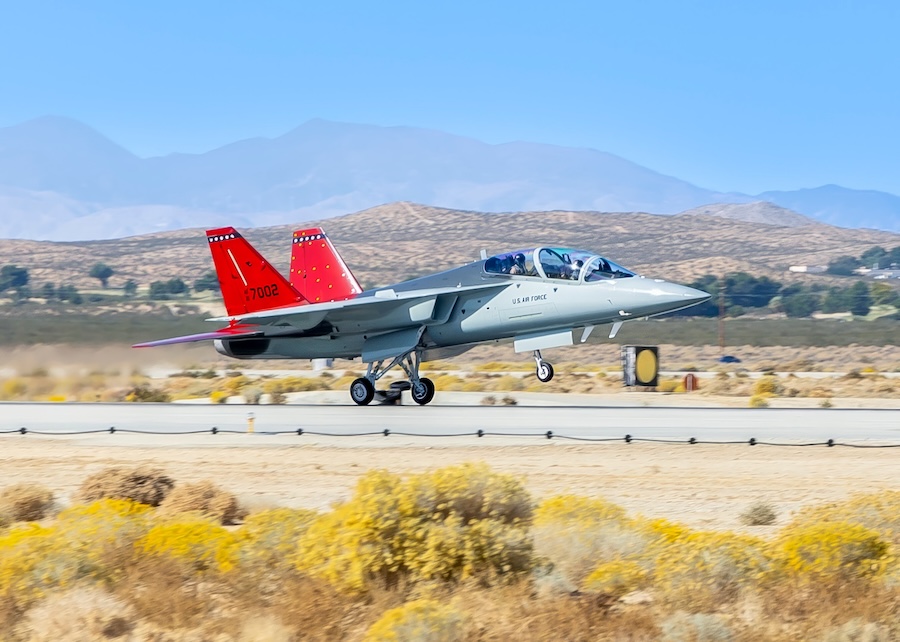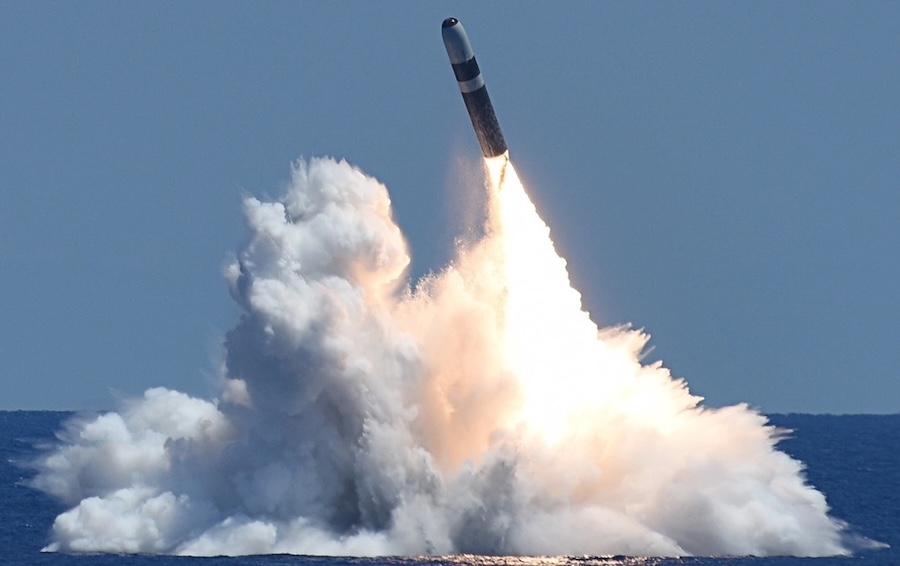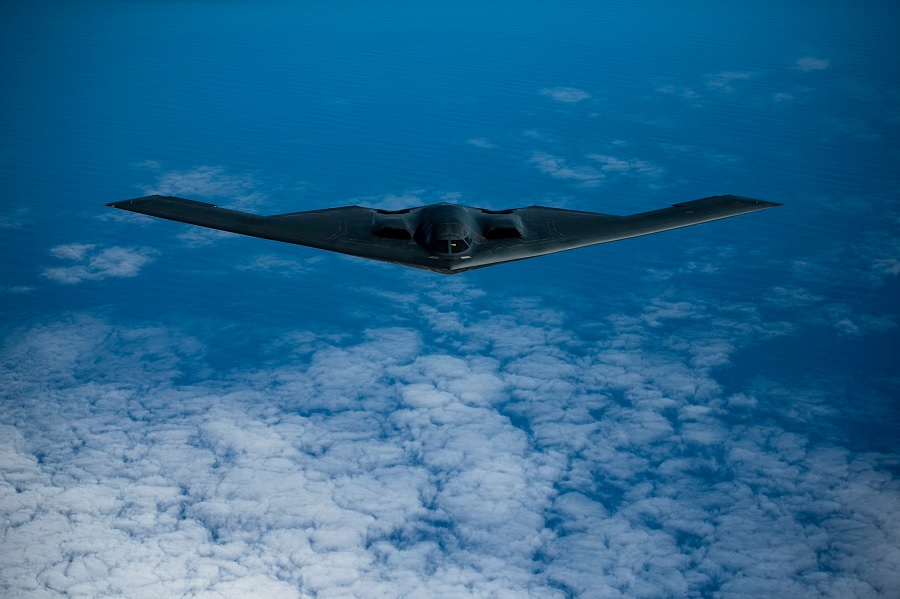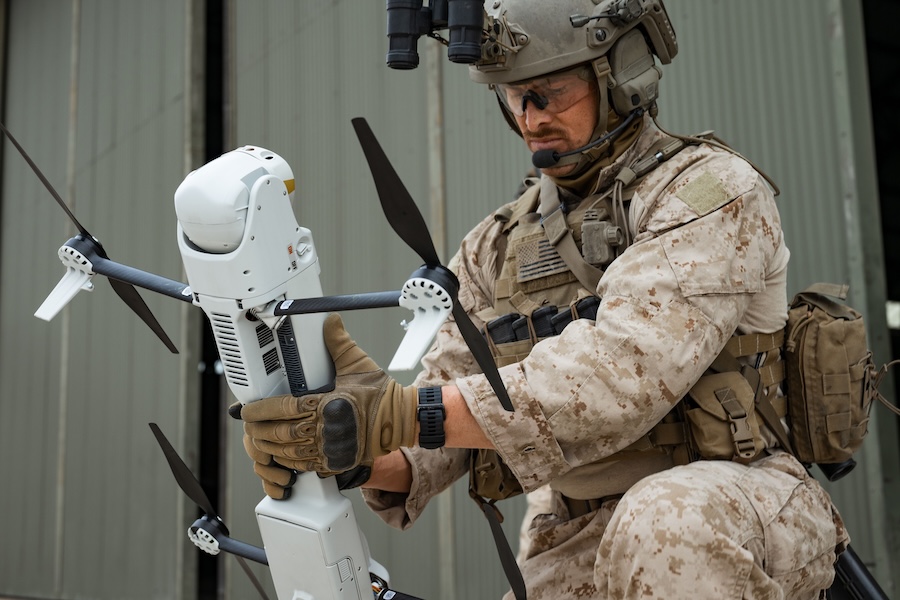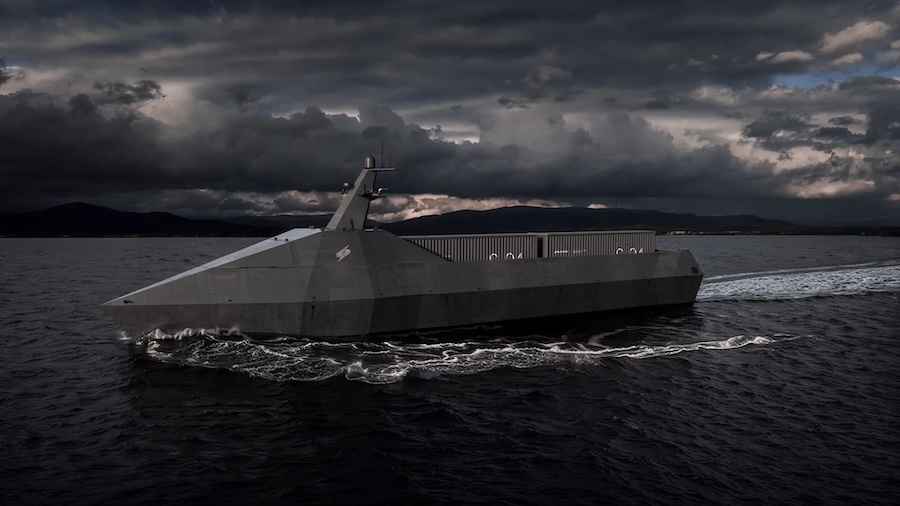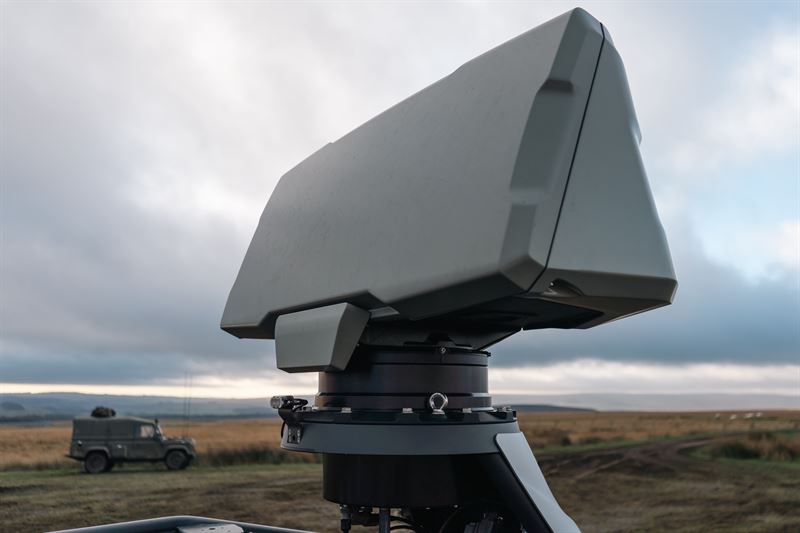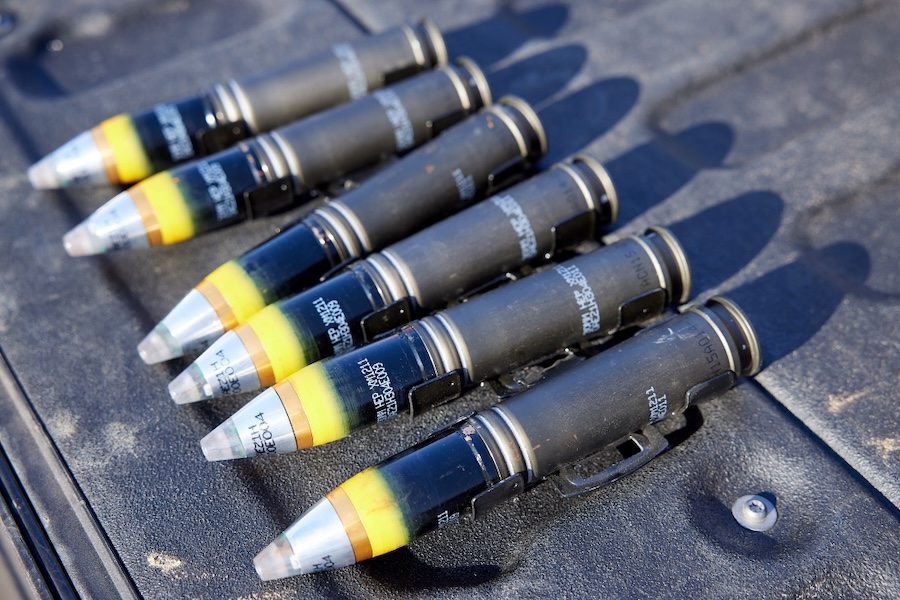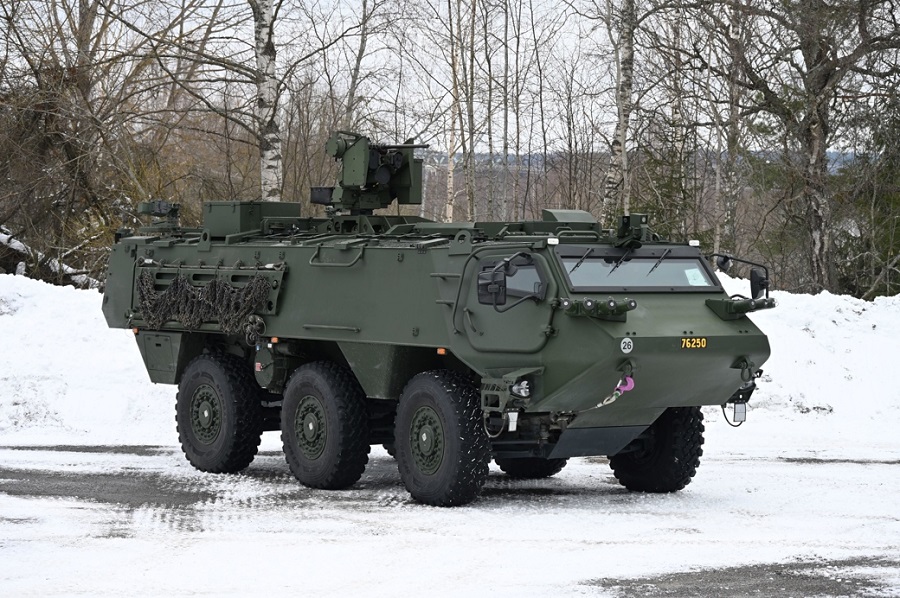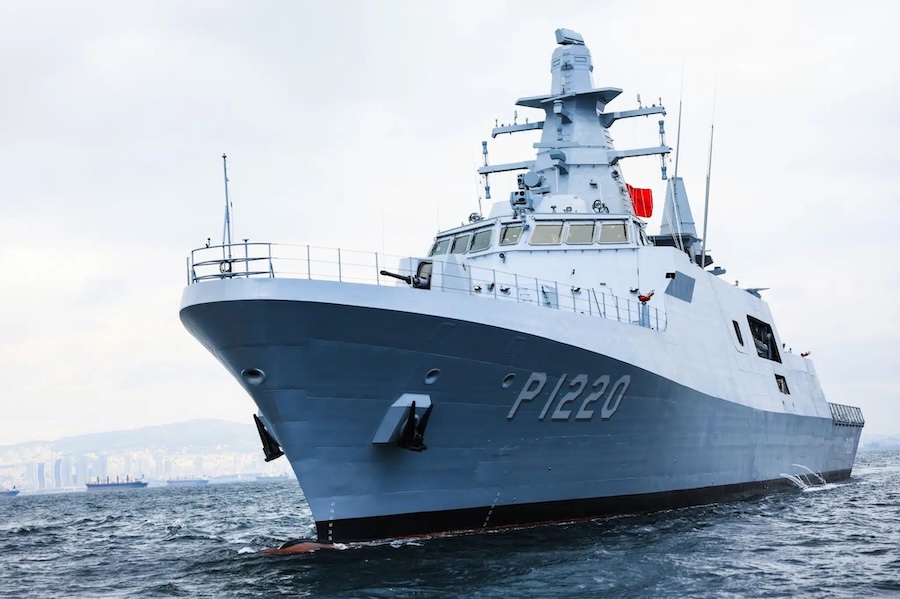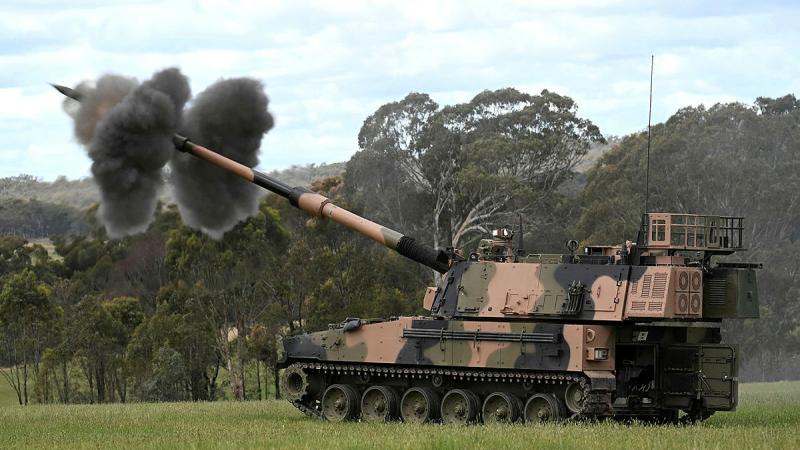Lai did not provide details on the project, but analysts said the system’s name draws inspiration from Israel’s Iron Dome and a similar U.S. initiative called the “Golden Dome.” Su Tzu-yun, a division director at the Institute for National Defense and Security Research, said that “the name ‘T-Dome’ was inspired by Israel’s Iron Dome and a similar system being introduced in the US called the ‘Golden Dome.’”
Su noted that Israel and the U.S. have integrated multilayer air defence systems capable of countering missiles, fighter jets, and drones at various altitudes. He added that Taiwan’s system would have similar capabilities to shield the island from multiple aerial threats.
Kuo Yu-jen, director of National Sun Yat-sen University’s Institute of China and Asia-Pacific Studies, said that developing the T-Dome “follows the playbook of defenses used in the US and in regional allies.” He added that, “Like the US, South Korea and Japan, Taiwan is seeking an integrated system that can detect and intercept incoming missiles and enemy aircraft, providing a multilayered defense to protect the nation against increasingly sophisticated threats.”
China showcased hypersonic and ballistic missiles capable of reaching the U.S. mainland during a military parade on 3 September, underscoring the growing threat Beijing poses to Taiwan, said Chen Shih-min, a political science professor at National Taiwan University. “At a time like this, Lai’s announcement of plans to build a T-Dome might provide psychological reassurance to the public, signaling that Taiwan is not defenseless against China’s missile threat,” Chen said.
Kuo said that missile defence systems play a vital role in national security worldwide, citing the first day of the 2022 Russia-Ukraine war when hundreds of missiles struck Ukrainian targets. He said the example underscores the importance of robust defensive systems for nations facing missile threats.
Chou Yu-ping, a retired air force colonel, said that Taiwan’s current integrated air defence network consolidates radar data from ground stations and missile systems such as the Patriot and Tien Kung III (“Sky Bow”). “The T-Dome would likely adopt a sensor-to-shooter system, a defense technology that rapidly links detection of a target to a weapon system that is to engage it, similar to the US’ Integrated Battle Command System (IBCS),” Chou said.
He added that the U.S. IBCS “is designed to link radars and shoot down short, medium and intermediate-range ballistic missiles as they approach,” suggesting that Taiwan’s system could achieve similar operational integration once developed.
Source: Taipei Times.



